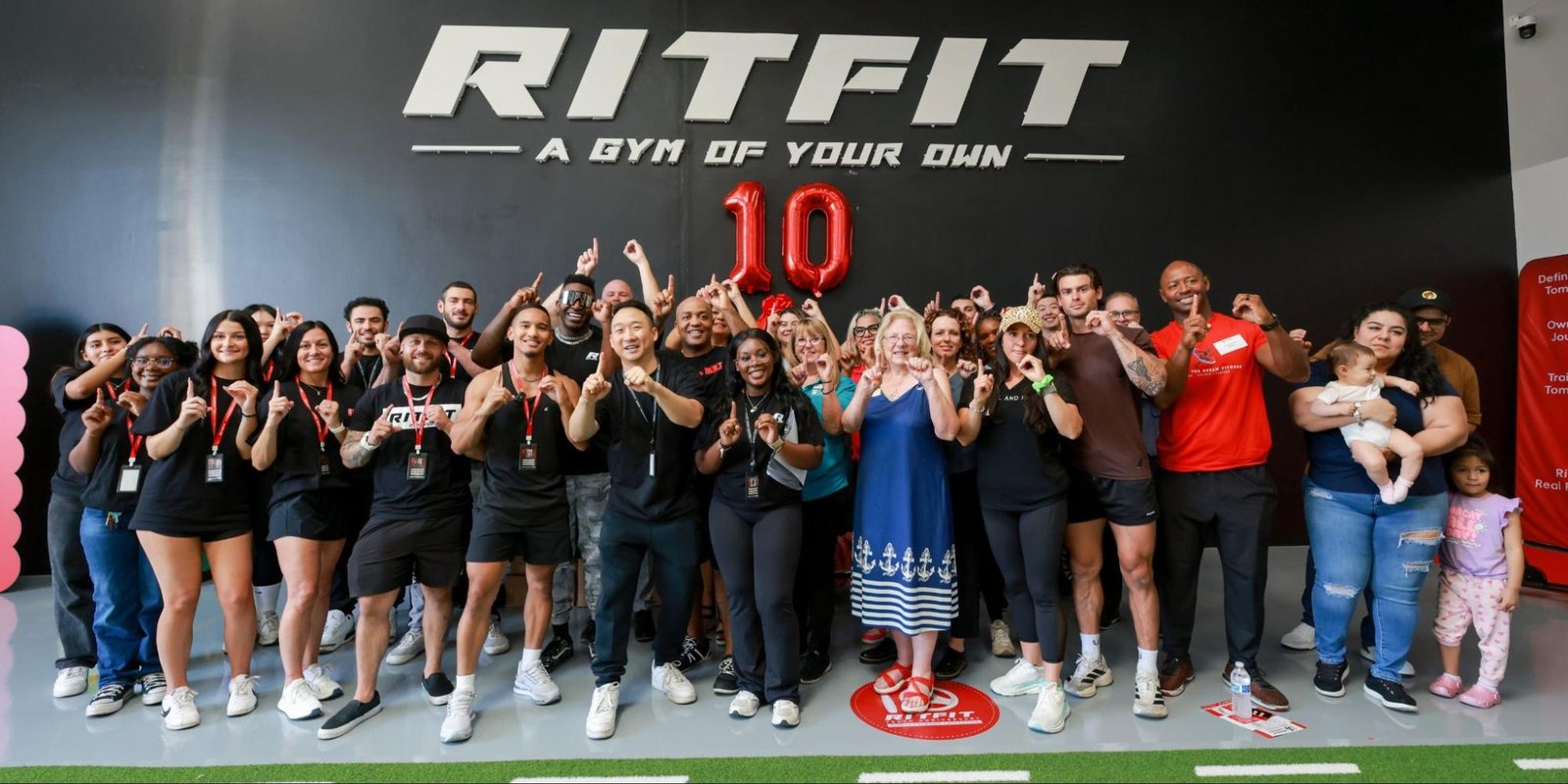AI coding tools are reshaping how software gets built, and nowhere is that transformation more visible than in San Francisco. The city’s tech scene, long known for its startup energy and engineering talent, is embracing AI-assisted development as a way to accelerate innovation, reduce friction, and rethink the boundaries of what’s possible.
From early-stage prototypes to enterprise-scale platforms, developers across the Bay Area are integrating AI into their workflows. These tools aren’t just speeding up code generation, they’re changing how teams collaborate, how products evolve, and how talent is recruited. In a city where time-to-market can make or break a venture, AI coding tools are becoming essential.
Why San Francisco Is a Natural Hub for AI Development
San Francisco’s reputation as a tech capital isn’t just about proximity to Silicon Valley, it’s about culture. The city thrives on experimentation, iteration, and bold ideas. That mindset makes it an ideal environment for AI coding tools, which often require developers to rethink traditional workflows and embrace new forms of collaboration.
Startups are leading the charge. Many are using AI to automate boilerplate code, refactor legacy systems, and even generate entire modules based on natural language prompts. This allows small teams to punch above their weight, launching MVPs faster and iterating more frequently.
Established companies are also investing heavily. Engineering departments are integrating AI into CI/CD pipelines, using it to catch bugs, optimize performance, and streamline documentation. These tools don’t replace developers, they augment them, freeing up time for strategic thinking and creative problem-solving.
The Rise of Intuitive Coding Practices
One of the more unconventional trends gaining traction in San Francisco is the adoption of intuitive, flow-based coding styles. Known informally as “vibe coding,” this approach emphasizes spontaneity and creative intuition over rigid structure. Developers work in short bursts, following the rhythm of the task rather than a predefined roadmap.
While this method may seem risky, it’s proving useful in fast-paced environments where flexibility matters. As explored in this breakdown of vibe coding’s risks and rewards, the approach can foster innovation and speed, especially during early prototyping phases. Developers can explore ideas without being bogged down by documentation or formal reviews, then layer in structure once the concept is validated.
AI coding tools complement this style by offering real-time suggestions, syntax corrections, and context-aware completions. They help maintain a baseline of quality while allowing developers to stay in flow. For creative engineers working on experimental features or design-heavy interfaces, this blend of intuition and automation is a game-changer.
How AI Is Reshaping Tech Roles Across the City
The impact of AI coding tools isn’t limited to how code is written, it’s influencing who writes it, and how teams are structured. As San Francisco’s AI boom fuels demand for skilled tech professionals, companies are rethinking job descriptions and career paths.
Roles that once focused solely on manual coding are evolving into hybrid positions that combine engineering with product strategy, data ethics, or user experience. A backend developer might now be expected to understand how AI models interact with databases, while a QA analyst could be tasked with training models to detect anomalies.
This shift is visible in hiring patterns. Job boards across the Bay Area are filled with listings for AI-adjacent roles, machine learning engineers, prompt designers, model evaluators. Even entry-level positions are changing, with new hires asked to annotate training data, monitor model performance, or assist in building feedback loops for AI-driven tools.
For professionals already in tech, upskilling is becoming essential. Bootcamps, certificate programs, and internal training initiatives are helping workers stay competitive. Employers are investing in education, recognizing that the pace of change requires continuous learning.
Collaboration and Creativity in AI-Enhanced Workflows
AI coding tools are also changing how teams collaborate. Instead of siloed development cycles, many San Francisco companies are adopting more fluid, cross-functional workflows. Designers, engineers, and product managers work together from the start, using AI to prototype ideas, test assumptions, and iterate quickly.
This collaborative model is supported by tools that translate natural language into code, generate UI components, and simulate user interactions. It allows non-technical team members to contribute meaningfully to development, bridging gaps between vision and execution.
In one startup, a product manager used an AI tool to sketch out a dashboard concept in plain English. The tool generated a working prototype, which the engineering team then refined. The process took hours instead of weeks, and the final product reflected input from multiple disciplines.
These kinds of workflows are becoming more common, especially in environments where speed and adaptability are critical. AI coding tools aren’t just making development faster, they’re making it more inclusive.
Balancing Innovation with Accountability
As powerful as AI coding tools are, they come with challenges. Developers must remain vigilant about code quality, security, and ethical considerations. Automated suggestions can introduce subtle bugs or reinforce biased patterns if not carefully reviewed.

Photo Credit: Unsplash.com
San Francisco’s tech community is responding by building guardrails into their workflows. Version control, peer reviews, and automated testing are being used to validate AI-generated code. Teams are also discussing the ethical implications of automation, especially in areas like data privacy and algorithmic bias.
Some companies are creating internal guidelines for AI use, outlining when and how these tools should be deployed. Others are forming cross-functional committees to evaluate the impact of AI on product decisions and user experience. These efforts reflect a broader commitment to responsible innovation.
The Future of AI Coding in San Francisco
San Francisco’s tech scene has always been a bellwether for industry trends, and AI coding tools are no exception. As these tools become more sophisticated, they’ll continue to influence how software is built, who builds it, and what kinds of products emerge.
For developers, the message is clear: adaptability matters. Whether working in a startup or a legacy enterprise, those who embrace AI-enhanced workflows will be better positioned to lead. For companies, the opportunity lies in using these tools not just to move faster, but to think differently.
In a city defined by reinvention, AI coding tools are more than a convenience, they’re a catalyst. They’re helping San Francisco’s tech community push boundaries, challenge norms, and build the next generation of digital experiences. And that’s a vibe the city knows well.












